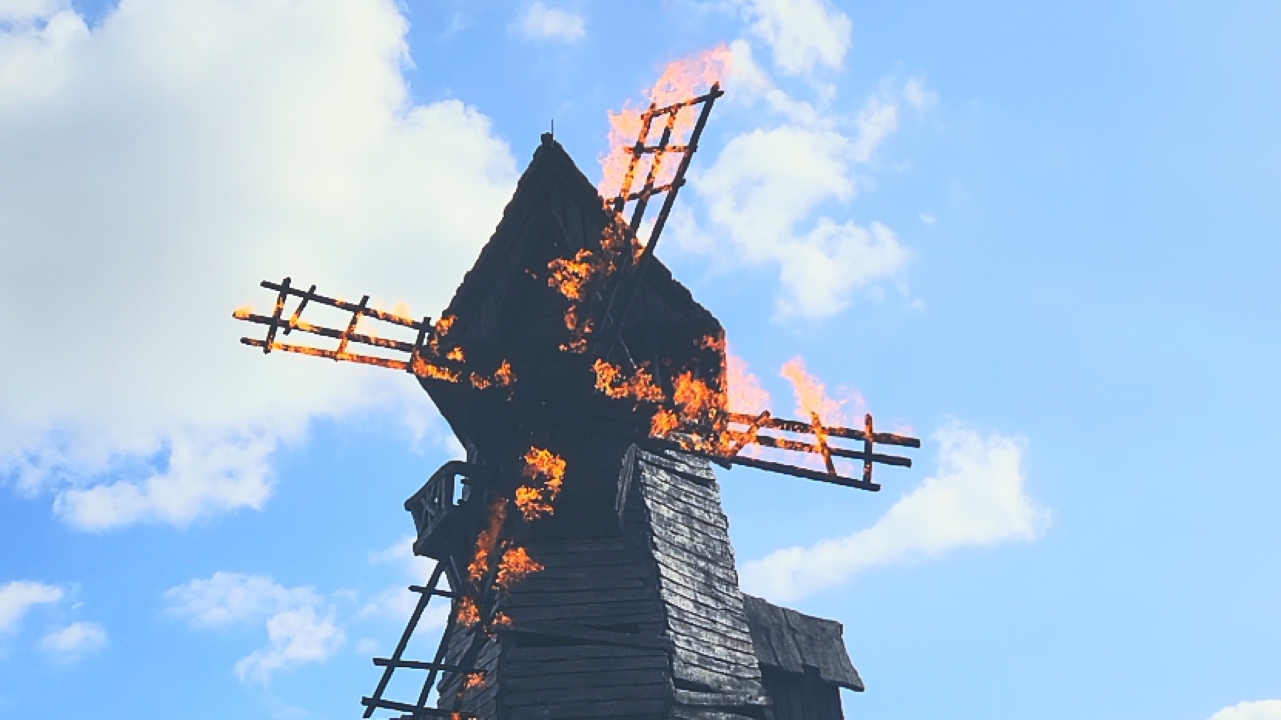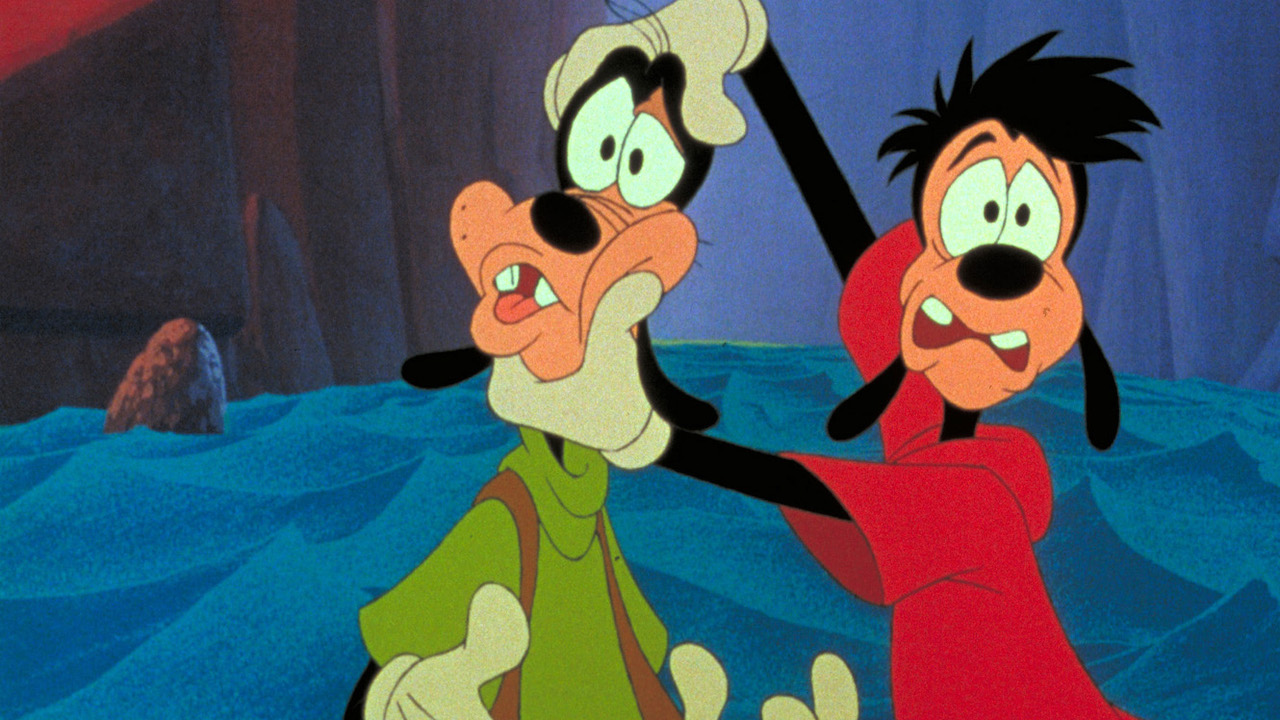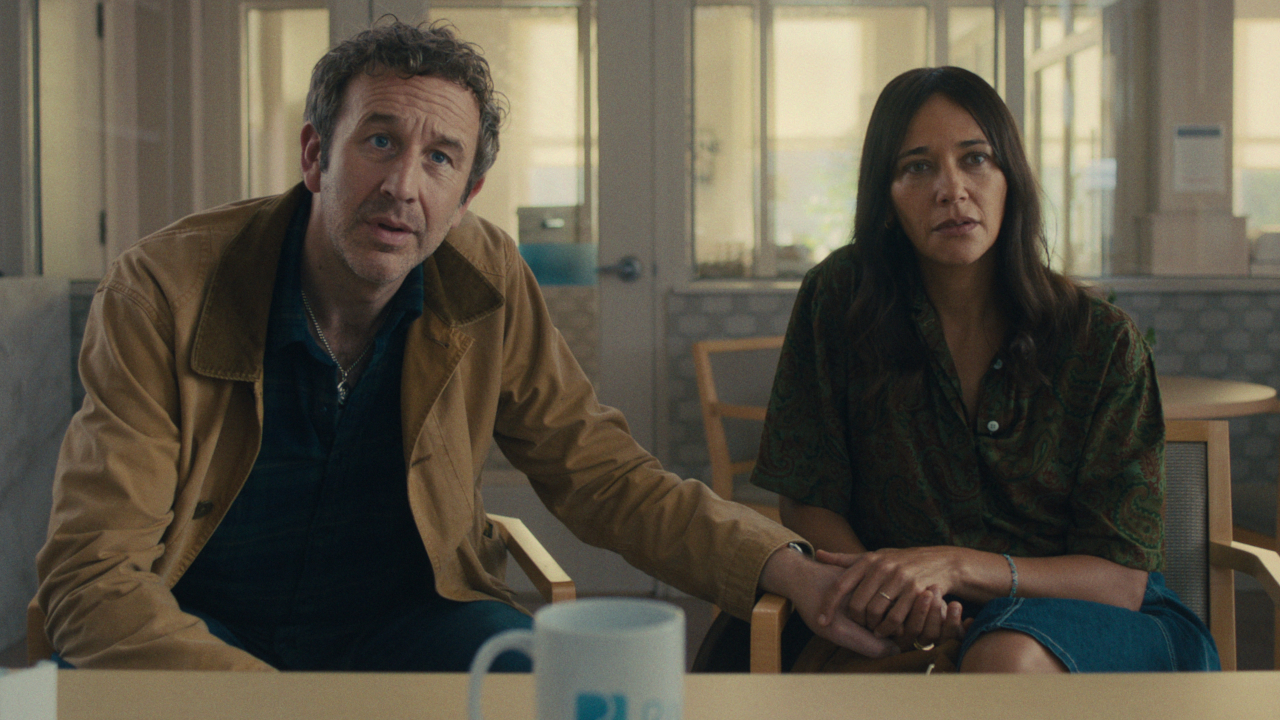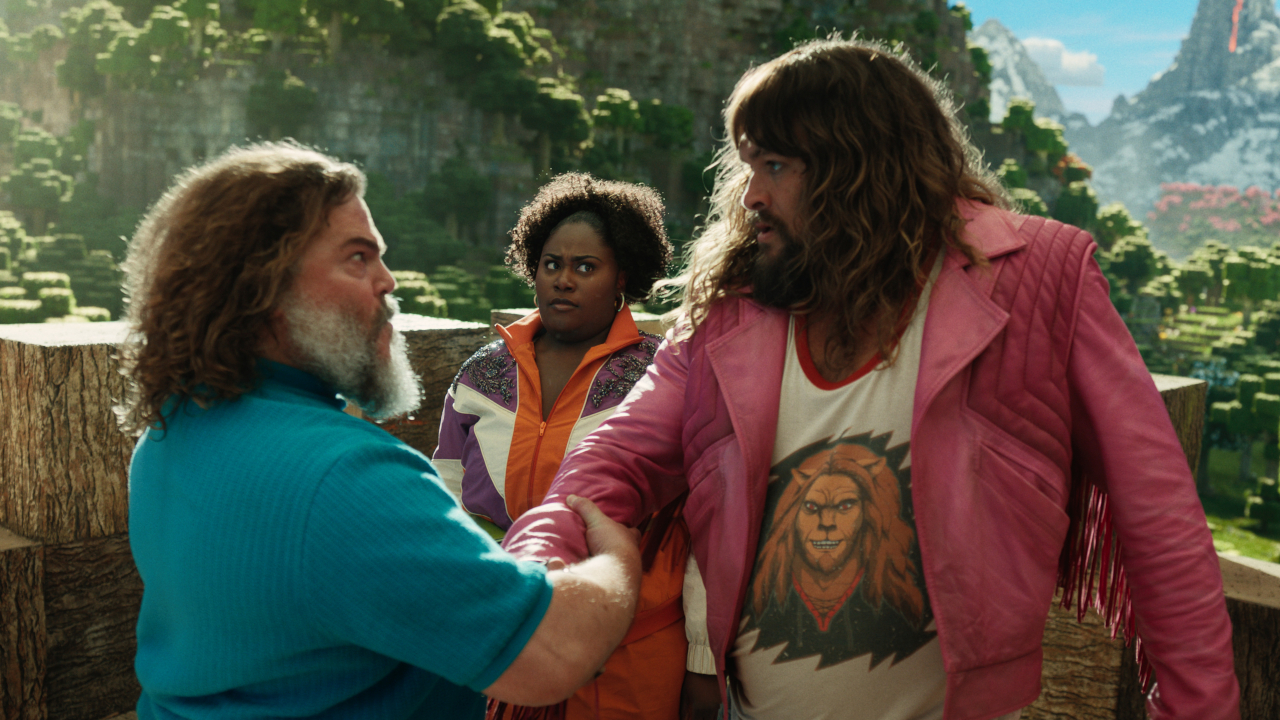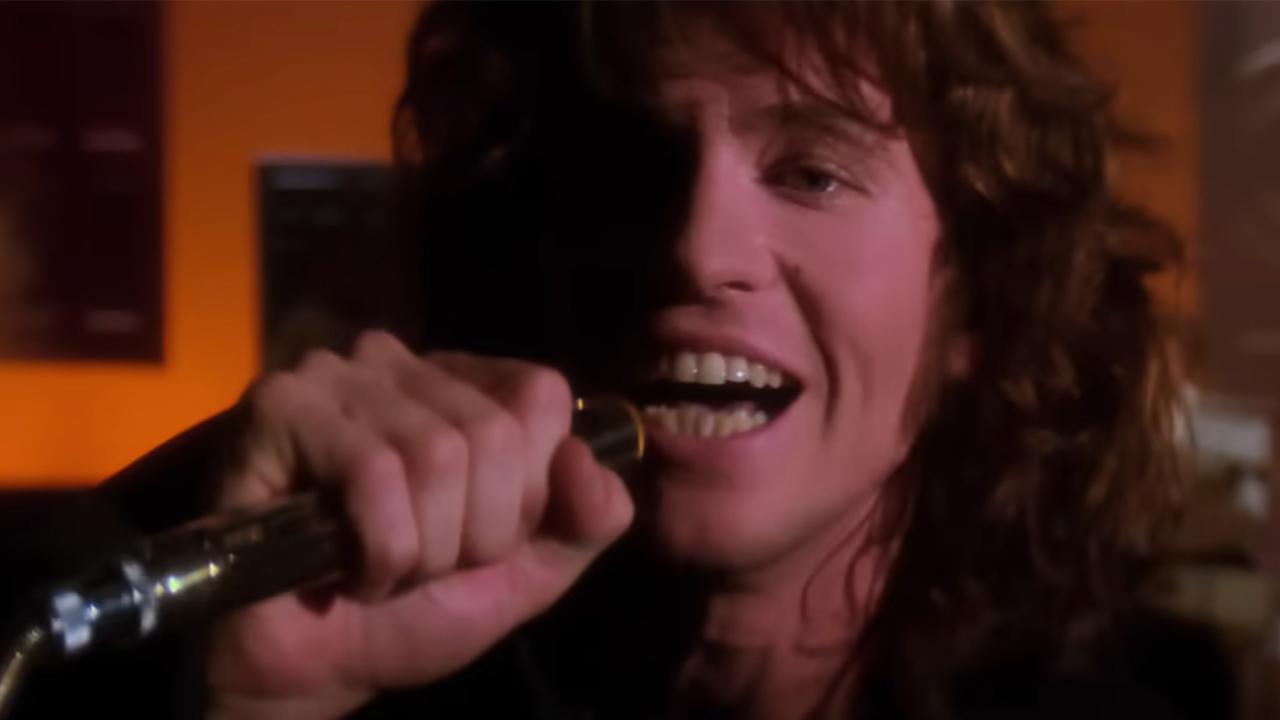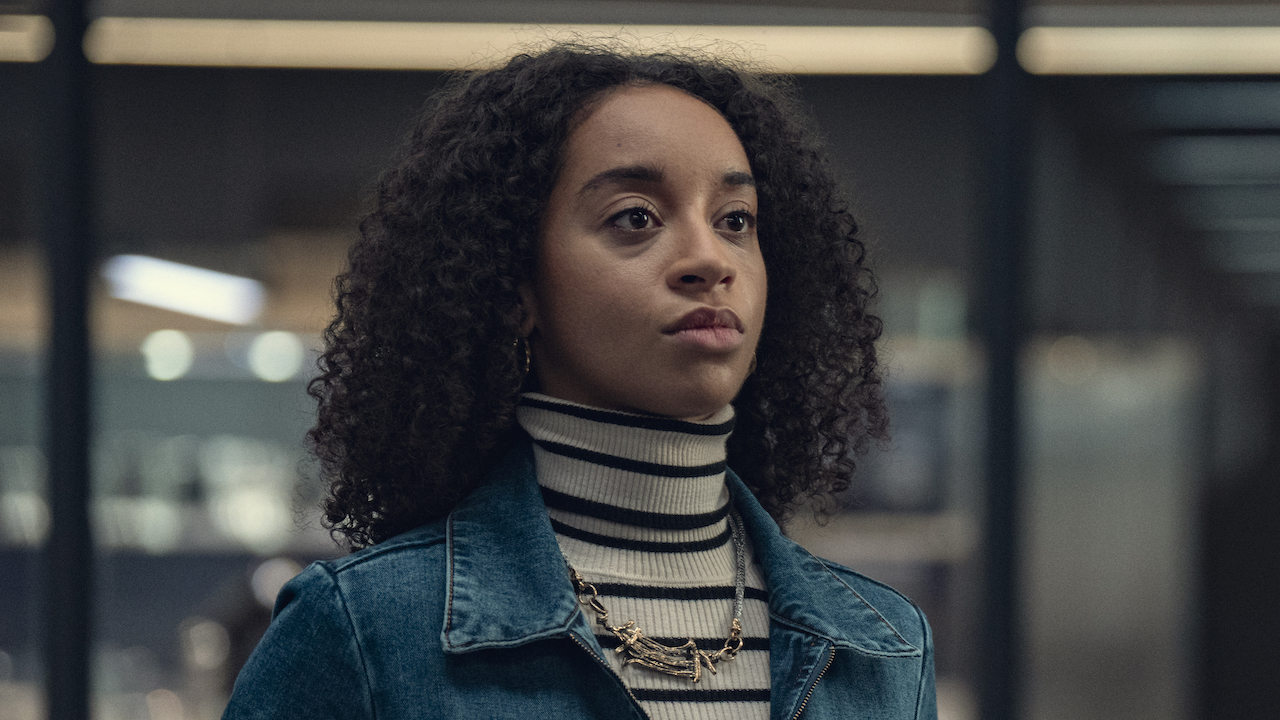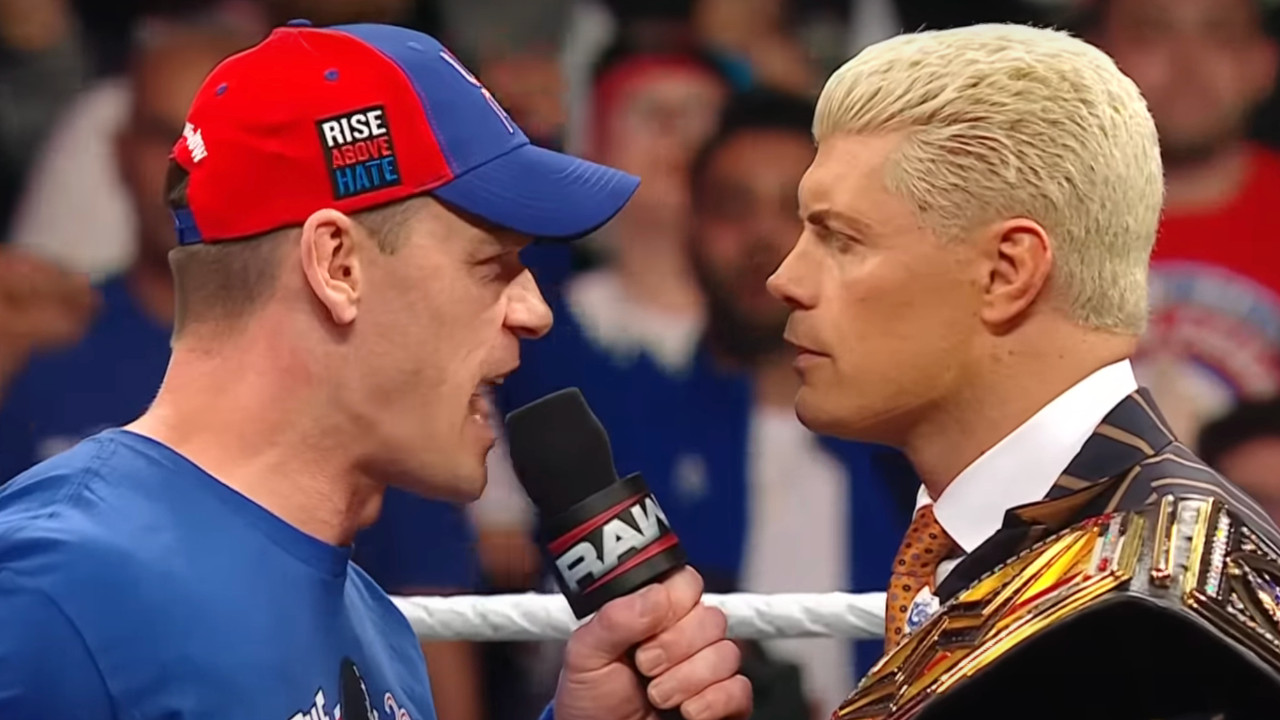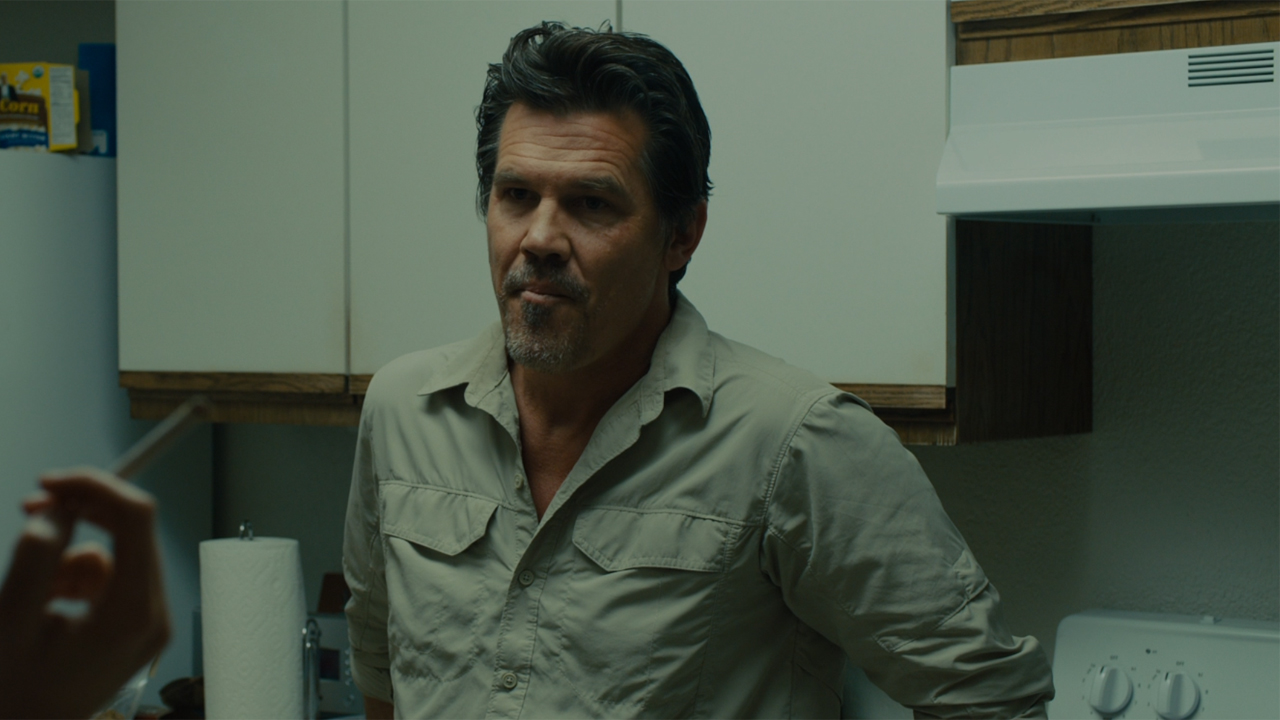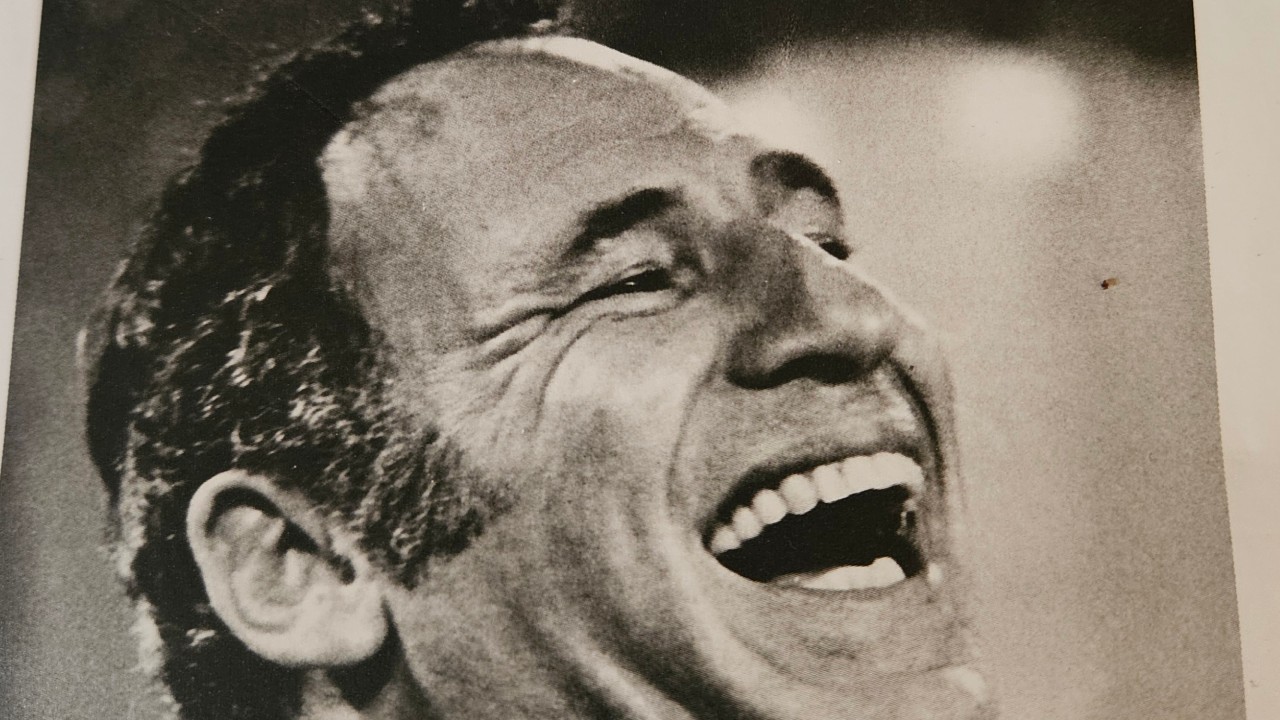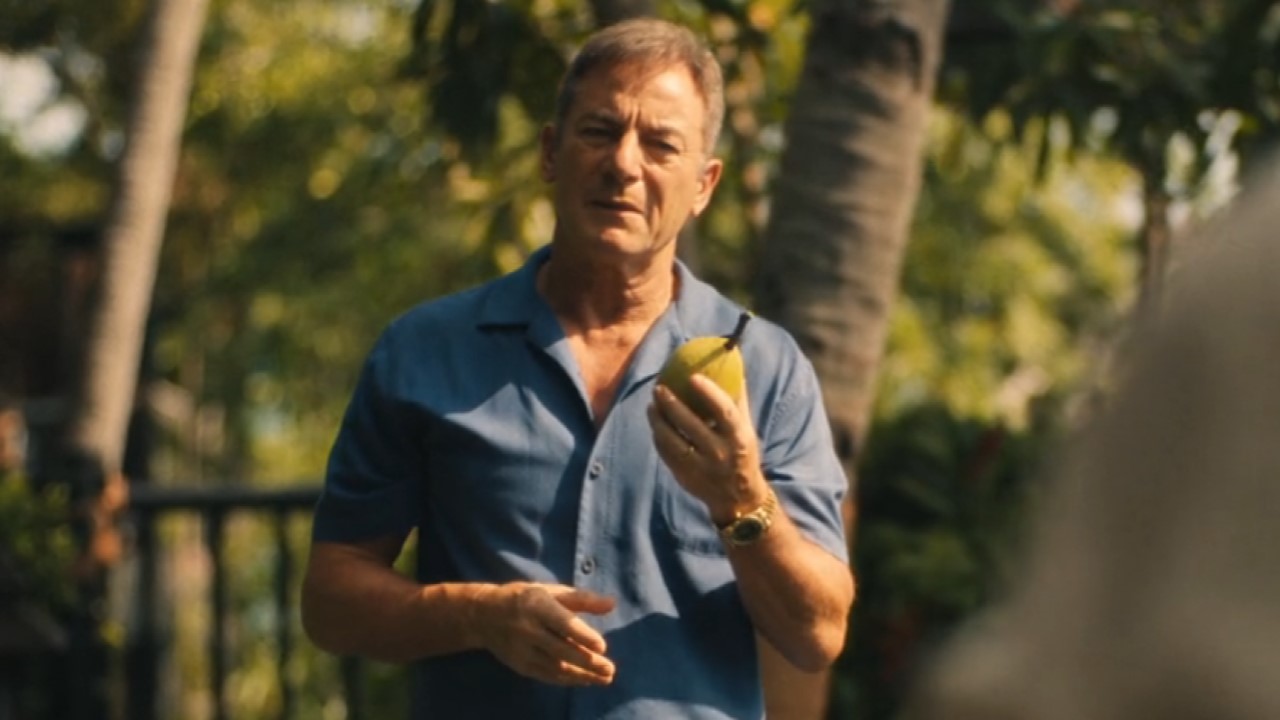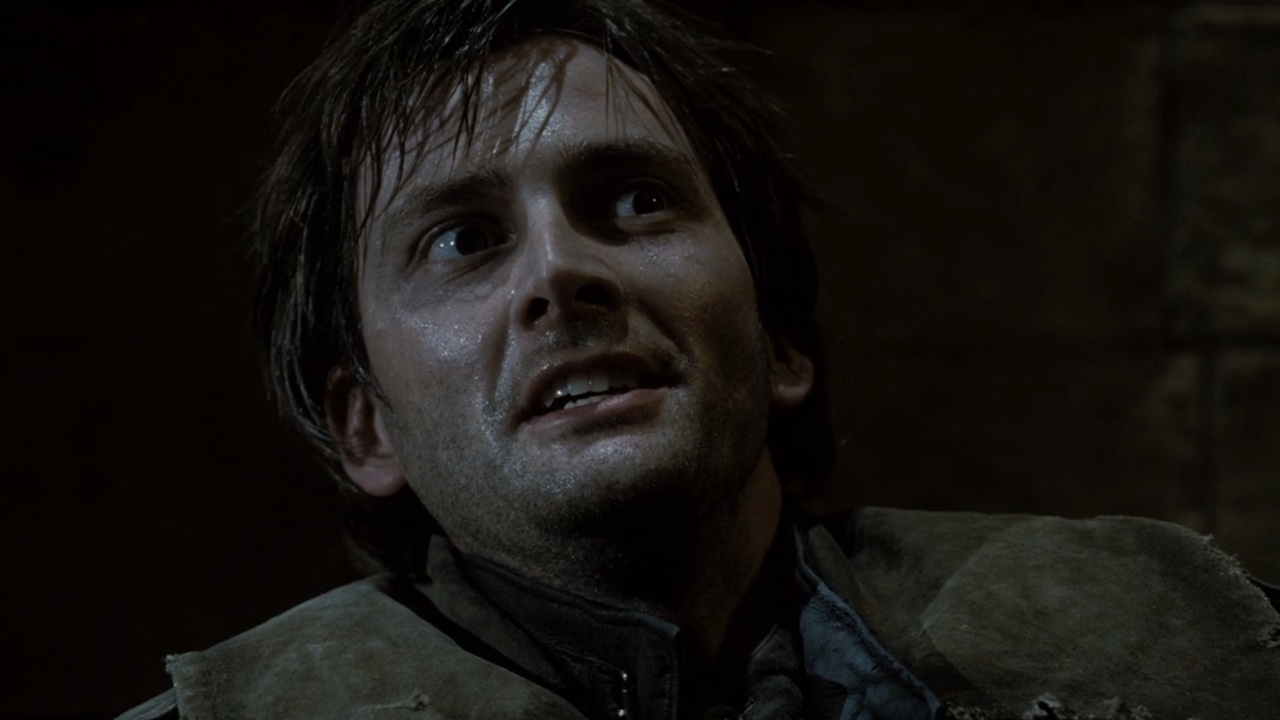I Love The Mission: Impossible Franchise, But Here's Why Ghost Protocol Is Still My Favorite Mission Yet
This Mission accomplished more than you may realize.
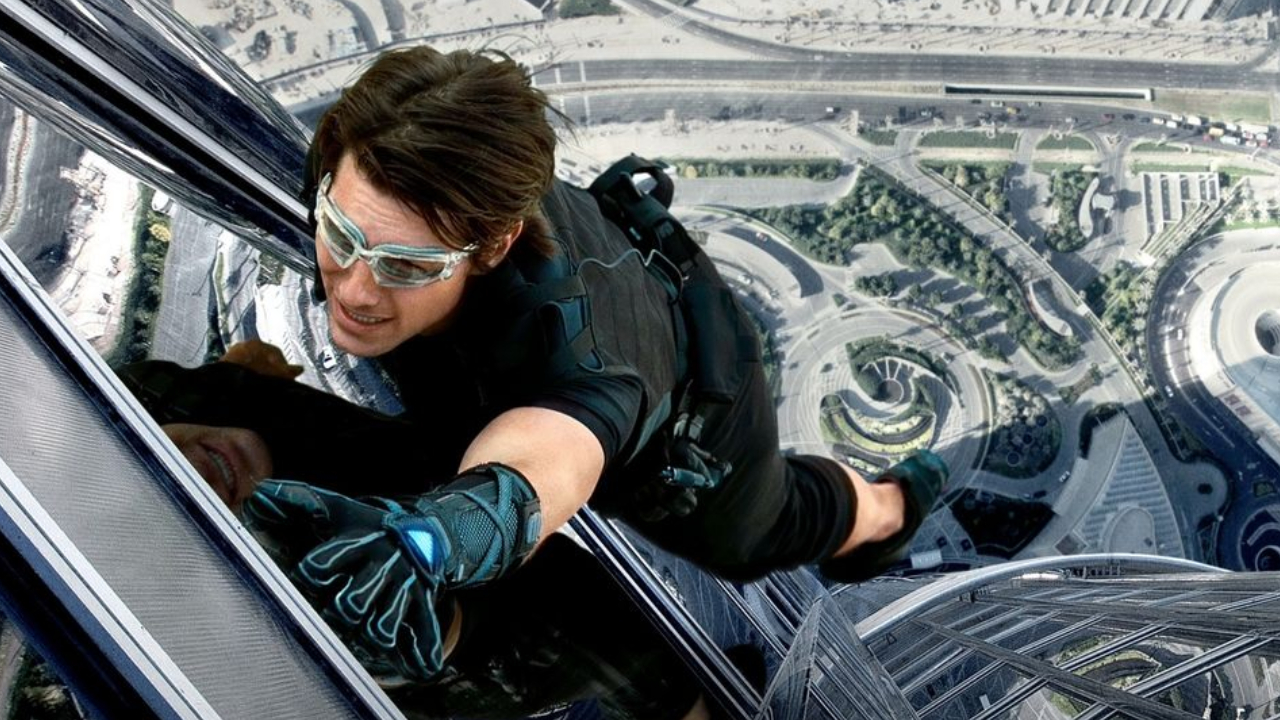
After seeing the latest installment of the Mission: Impossible movies — Dead Reckoning Part One, which is now in theaters — I can certainly understand why some believe Mission remains the best action franchise in Hollywood at the moment. With each time the IMF wage yet another war against global terrorism and Tom Cruise risks his life for another astonishing, practically shot stunt, I never cower at the chance to accept another new mission. However, I cannot say I believe this is one of those franchises that gets better with each chapter, because my choice for the best Mission: Impossible movie has not changed in more than a decade.
I will never forget the first time I saw 2011’s Mission: Impossible — Ghost Protocol, for which Cruise would come back to play the Impossible Mission Force’s top agent, Ethan Hunt, for the fourth time. However, I immediately could tell that things were moving in a different direction with this film, from the way he shared the spotlight with his co-stars at an almost equal measure, the high-stakes sensation of the stunts being stronger than ever, and the IMF no longer in charge — resulting in a Mission unlike anything we had seen before and, for my money, never better even today. There are a couple of reasons why I believe director Brad Bird’s live-action debut revolutionized the M:I series, and has yet to be topped. Should you choose to keep reading, allow me to explain myself even further.
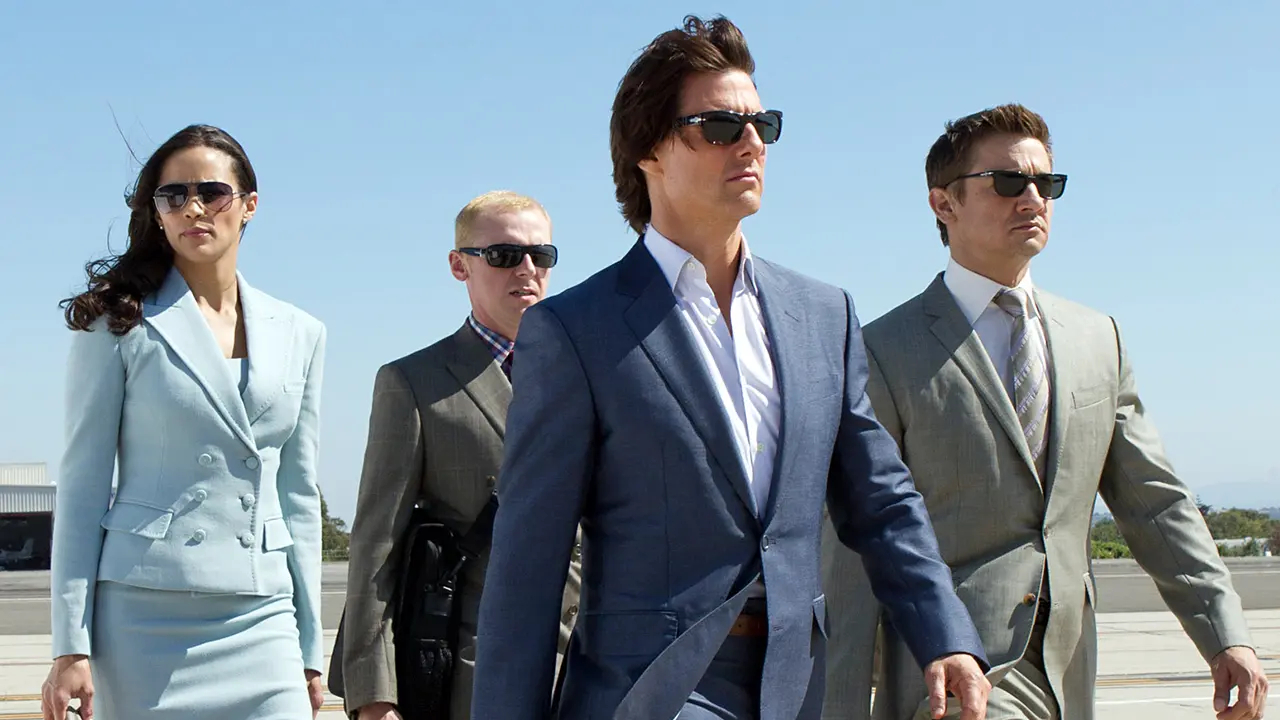
It Was The First Mission To Emphasize Teamwork
Much like how most spy thrillers, such as the James Bond movies, operated at the time, the Mission: Impossible franchise — a cinematic extension of creator Bruce Geller’s popular series of the same name — was launched as a vehicle for its main star, Cruise, who also signed on as a producer for the first time with the 1996 original from director Brian De Palma. It would remain that way for the next two installments which, despite the return of Ving Rhames as Luther Stickell, very much kept Ethan Hunt at the forefront. However, that changed with Mission: Impossible — Ghost Protocol.
While Cruise still got top-billing, obviously, and Hunt was certainly the one running the show and doing much of the heavy lifting, Ghost Protocol was the first in the franchise to feel like an ensemble piece. Each supporting member of the cast — Simon Pegg returning as Benji Dunn with newcomers Paula Patton as Jane Carter and Jeremy Renner (potentially taking over the lead position at the time) as William Brandt, respectively — gets their moment to stand out and make a pivotal contribution, which Hunt even points out when they meet for a drink at the very end. As a team effort, this mission was especially refreshing, but was not the only way it shifted gears.
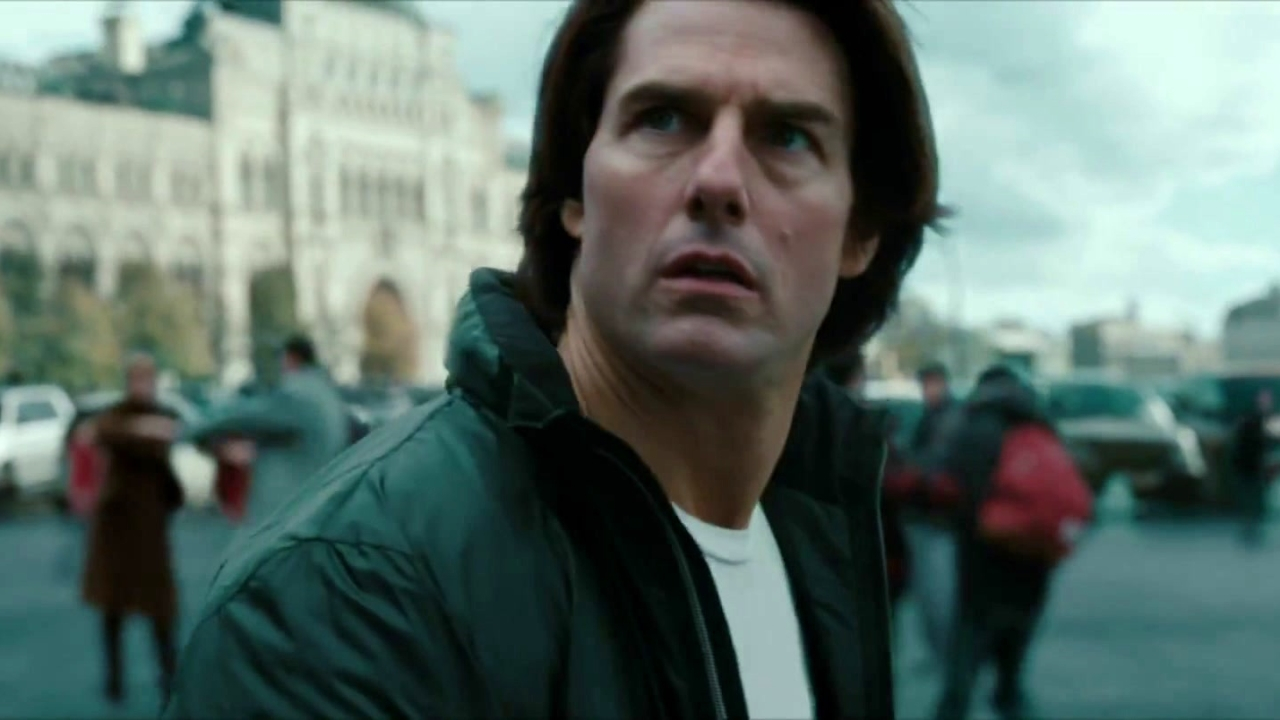
The DIY Urgency Raises The Stakes Brilliantly
The title of Mission: Impossible — Ghost Protocol refers to the condition that Hunt and his team are put under when they are framed for bombing the Kremlin, causing the IMF to be disavowed and forcing them to operate completely on their own without any back up. Even Brandt — who had been relegated to a desk position at that time — has no choice but to join the field when the vehicle that he, Hunt, and the IMF’s unnamed secretary (Tom Wilkinson) are riding in is attacked before Hunt and Brandt find Benji and Jane to inform them that they are all that remains of their agency.
From the moment Hunt briefs his team on their situation to when he is able to clear their names at the conclusion, the suspense never falters and only continues to rise. Every plan they scramble together goes wrong — such as when their mask machine malfunctions before meeting with Sabine Moreau (Lea Seydoux) — forcing them to continuously improvise their next move and rely on luck more often than they are comfortable with. Putting the team’s backs against the wall and constantly exacerbating their situation with new problems keeps things fresh, engaging, and thoroughly exciting from beginning to end.
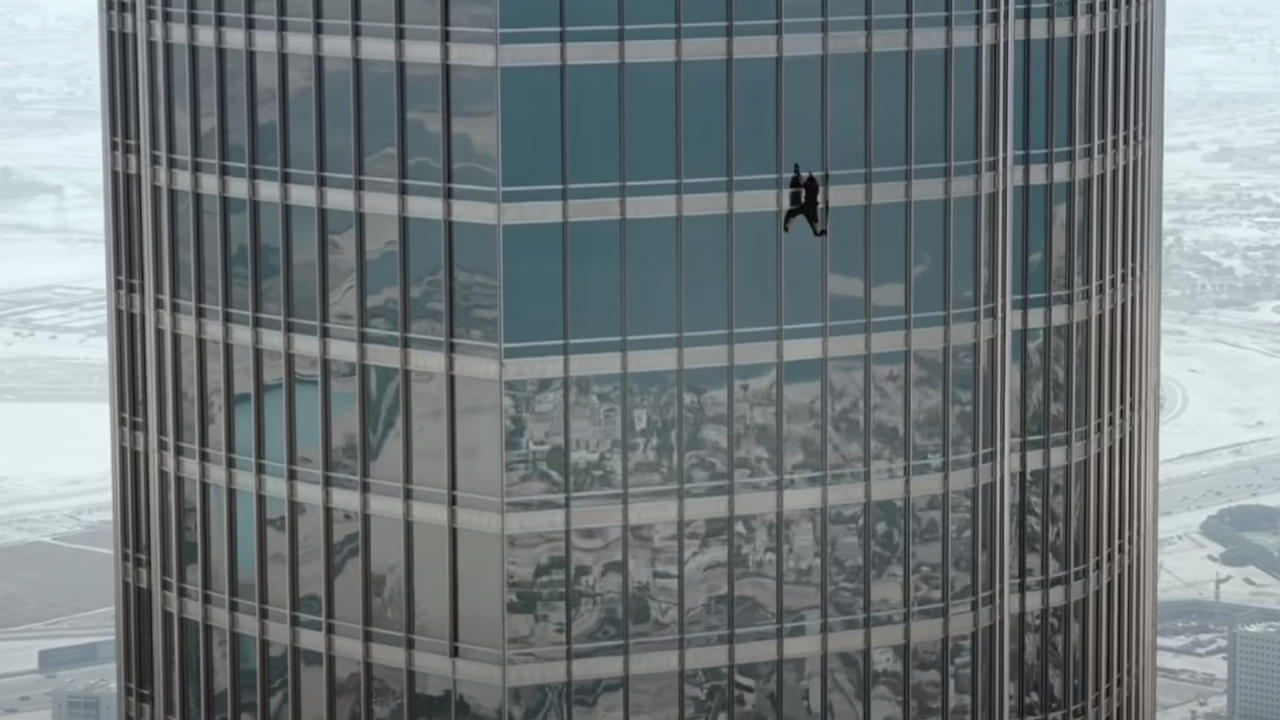
For Me, No Stunt Has Topped Burj Khalifa
The elements of teamwork, improvisation, and sheer luck are all key components to what is easily my favorite scene in Ghost Protocol: Hunt scaling the Burj Khalifa in Dubai -- a scene that looks real because, save some CGI to hide Cruise's support wires, it totally is. Only an actor as daring as Cruise would be willing to perform such a stunt on the tallest building in the world, and that mere fact is only one of the reasons why it remains my favorite of the actor’s growing number of iconic, death-defying feats and one of Hunt’s most heroic moments, in my opinion, so far.
CINEMABLEND NEWSLETTER
Your Daily Blend of Entertainment News
The image of Hunt stepping out onto the surface of the skyscraper with nothing but a pair of special, “sticky” climbing gloves is enough to put me on edge. However, the life-or-death suspense only grows with every close call he faces, from when one glove turns red for "dead" to a final jump with a rope that Hunt finds last minute and turns out to be a little too short, forcing Brandt and Jane to save him from a fatal fall. It may not be Cruise’s most famous or inventive stunt — the Rogue Nation plane scene and his HALO jump in Fallout are damn good contenders for that — but it is a masterclass of high-wire suspense, let alone how mind-blowing it looks in IMAX.
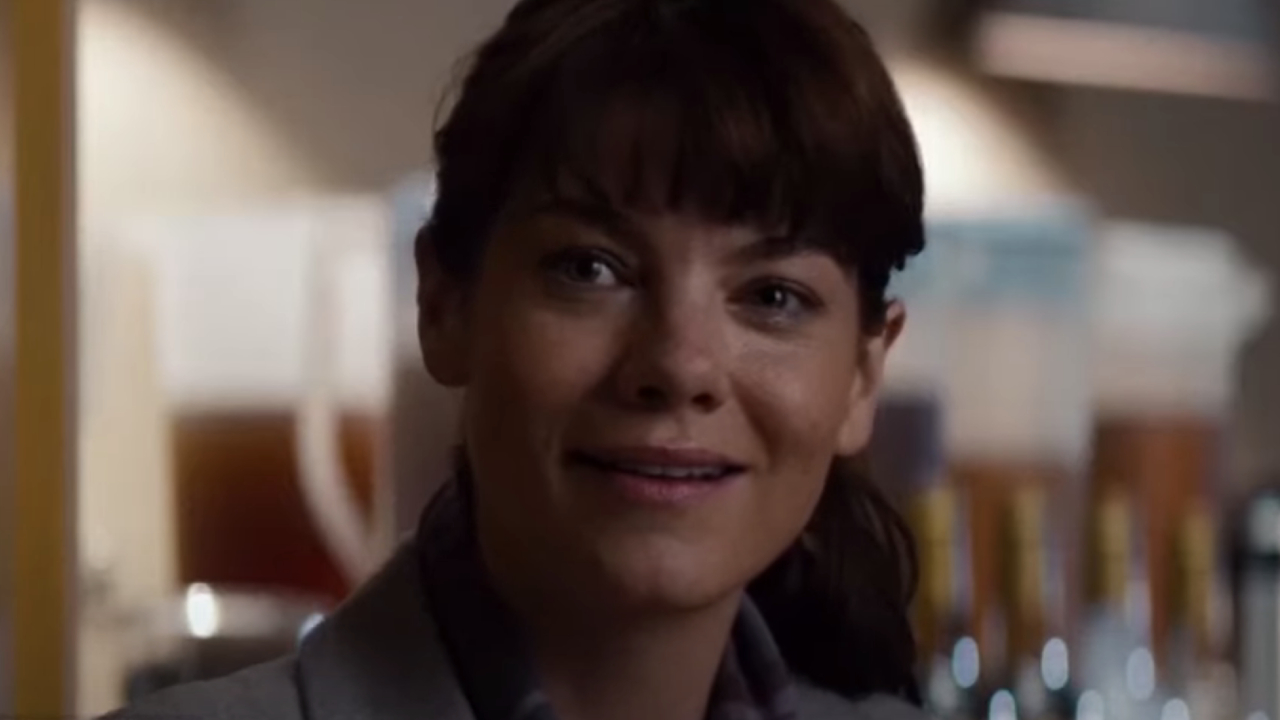
It Has One Of The Most Unique, Personal Twists Of The Franchise
I love how you can enjoy any of the M:I movies without necessarily having to see what came before. Yet, I still especially appreciate how Ghost Protocol establishes itself as one chapter in an overarching story with one of the most interesting dramatic twists in the franchise. For the first half, we believe things just did not work out between Hunt and Jules (played by Michelle Monaghan) — whom he married and left the IMF for in the previous movie — until Brandt reveals that his failure to prevent her murder years earlier drove to him leave the field.
However, at the very end of the movie, Hunt reveals to him that he faked Jules’ death in order to keep her safe and agreed to a mission that required him to be imprisoned in Rankow on the condition that no one could know she was alive. The double-twist is capped perfectly with Monaghan’s brief cameo in which she shares a wordless glance with the man she loved. On top of being an intriguing subversion alone, it solidified Ghost Protocol as a character-driven crowd-pleaser and gave the franchise some much-needed heart.
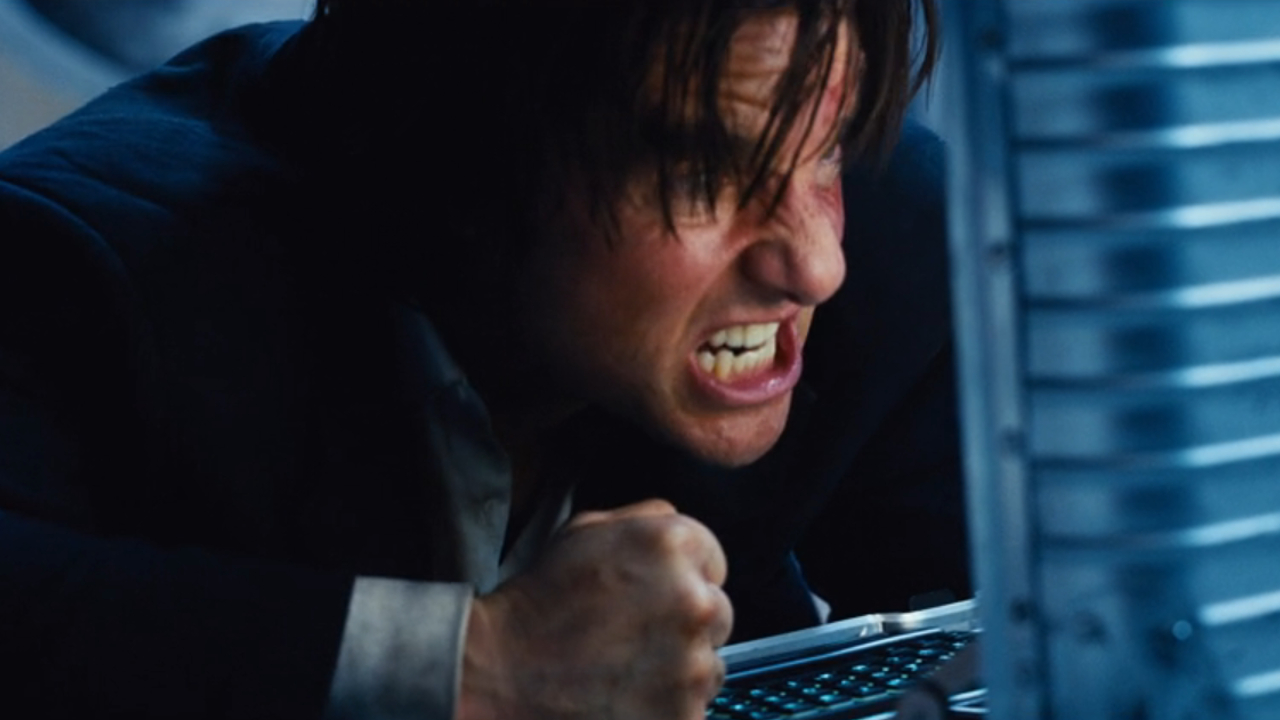
Ghost Protocol Set The Tone For What The Franchise Would Become
I think if you scan most of the criteria I presented above to explain why I prefer Ghost Protocol, you could find something that you could just as easily use to explain why you prefer any of the subsequent films. Quite frankly, I do not believe the series would evolve into what it is today without this game-changing installment.
The emphasis on teamwork, the increasingly challenging and very real stunts, the heartfelt tone, and Cruise sharing the spotlight with equally lovable compelling co-stars, are just some of the recurring elements of the series that can be traced back to Ghost Protocol and not quite much further, as far as I am concerned. With all due respect to what directors Brian De Palma, John Woo, and J.J. Abrams did for the franchise with their entires, I think it was Brad Bird who walked so that Christopher McQuarrie could run.
Of course, I recognize that there is no right or wrong answer for what the best Mission is (I even think that Mission: Impossible 2 has redeeming qualities). However, my choice for the cream of this exhilarating, heart-stopping crop is Mission: Impossible — Ghost Protocol. Whether or not it will remain at the top will be determined when we see the upcoming 2024 movie, Mission: Impossible — Dead Reckoning Part Two.

Jason Wiese writes feature stories for CinemaBlend. His occupation results from years dreaming of a filmmaking career, settling on a "professional film fan" career, studying journalism at Lindenwood University in St. Charles, MO (where he served as Culture Editor for its student-run print and online publications), and a brief stint of reviewing movies for fun. He would later continue that side-hustle of film criticism on TikTok (@wiesewisdom), where he posts videos on a semi-weekly basis. Look for his name in almost any article about Batman.
